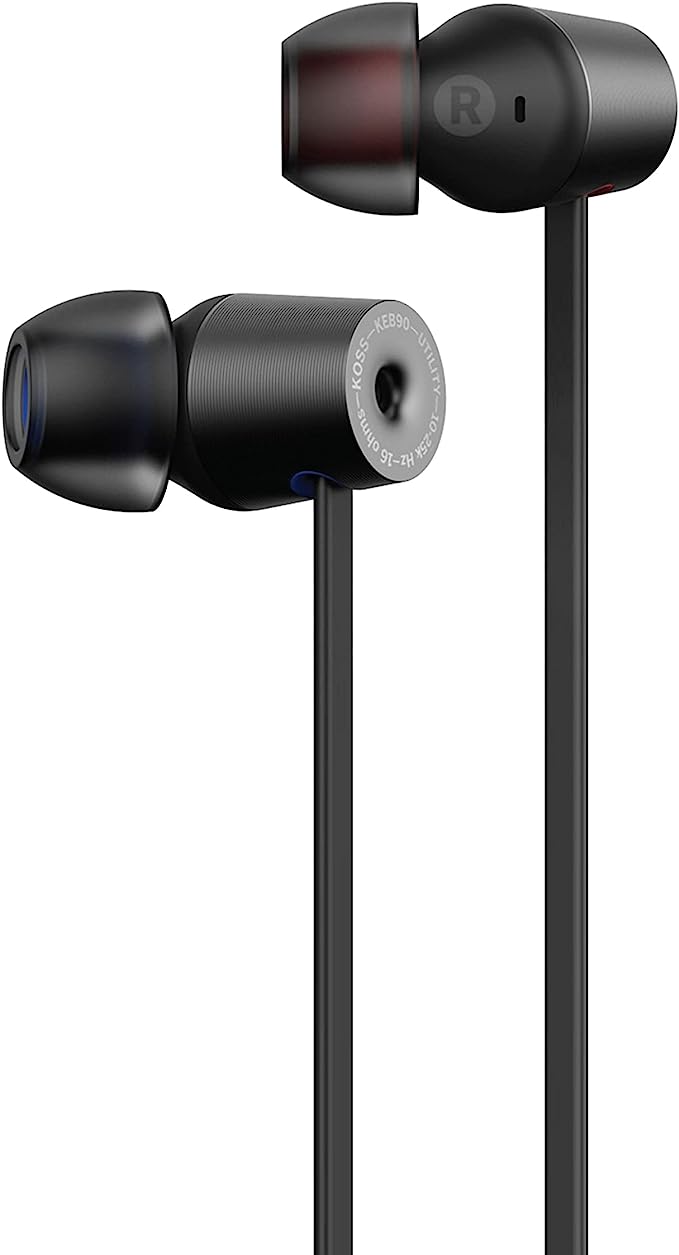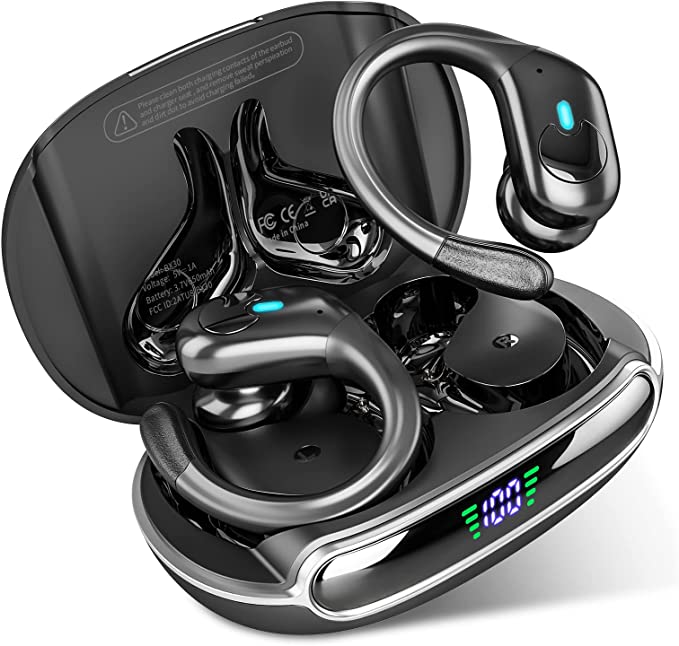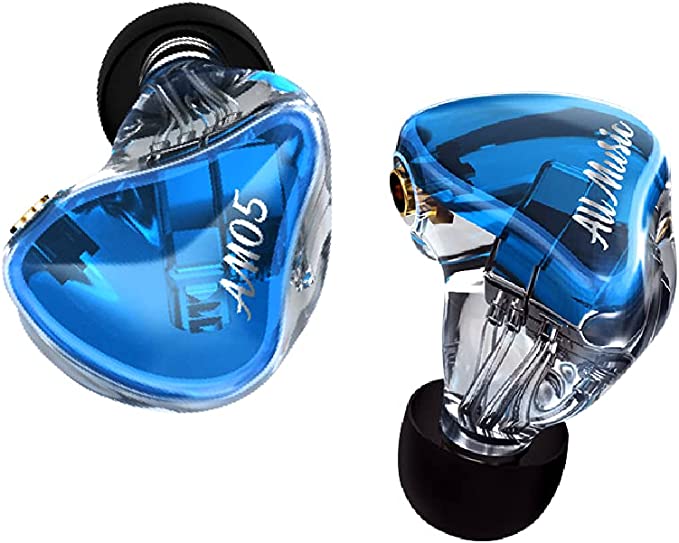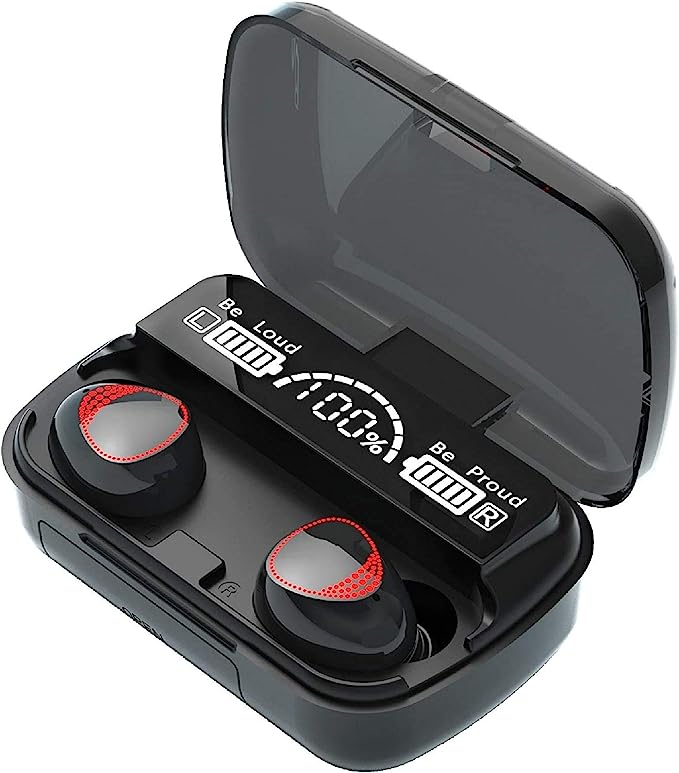The Silent Killer: How Microcracks Degrade Solar Panels (and Why CIGS is Immune)
Update on Oct. 26, 2025, 8:38 a.m.
You’ve just installed a beautiful new solar array on your RV or home. The panels are pristine, gleaming in the sun, and producing power exactly as advertised. You assume that with a gentle cleaning now and then, they will continue to do so for the next 25 years.
Unfortunately, a hidden threat may already be at work, silently degrading their performance from the inside out. This threat is known as a microcrack, and it is the single most common, and most insidious, form of damage to conventional solar panels. It’s a silent killer of watts and long-term investment.

What Exactly is a Microcrack?
To understand microcracks, you first need to understand what a traditional solar cell is. A monocrystalline or polycrystalline solar cell, despite its high-tech function, is essentially an extremely thin wafer of silicon crystal. Think of it like a very, very delicate piece of glass, often less than the thickness of a human hair.
A microcrack is a tiny, often microscopic, fracture in this silicon wafer. They are almost impossible to see with the naked eye, but they have a devastating effect on the panel’s ability to produce power.
These cracks can form at any point in a panel’s life: * During Manufacturing: From pressure during the soldering of ribbons. * During Shipping: From vibrations and impacts, even if the box looks fine. * During Installation: From a dropped tool, an installer leaning too heavily on the panel, or twisting the frame. * During its Service Life: From hail, heavy snow load, strong winds causing flex, or even just repeated thermal expansion and contraction over years.
Imagine a pristine windowpane. Now, imagine a tiny, spiderweb-like crack running through it. The window is still there, but its integrity is compromised. In a solar cell, these cracks physically sever the electrical pathways. Electrons, which are generated when sunlight hits the cell, now hit a dead end. This creates inactive or “dead” zones within the cell, reducing its overall power output. Worse, these dead zones can heat up, creating hot spots that accelerate the degradation of the surrounding materials.
Seeing the Invisible: The “X-Ray” for Solar Panels
If these cracks are invisible, how do we know they are there? In the solar industry, technicians use a diagnostic tool called Electroluminescence (EL) testing. Think of it as an X-ray for solar panels.
In an EL test, a current is passed through the panel in a dark room, causing the silicon cells to light up, or glow. A healthy cell glows uniformly. However, if there are microcracks, these areas will appear as dark lines or entire dark patches, visually revealing the otherwise invisible damage. The results can be shocking, showing seemingly perfect panels riddled with performance-killing fractures.
The CIGS Advantage: A Fundamentally Different Material
This is where the choice of solar technology becomes absolutely critical for long-term durability. The vulnerability to microcracks is an inherent trait of crystalline silicon technology. But what if the solar cell wasn’t a fragile crystal wafer to begin with?
This is the fundamental advantage of CIGS (Copper Indium Gallium Selenide) thin-film technology.
CIGS solar cells are not made from rigid silicon wafers. Instead, the photovoltaic material is deposited in an ultra-thin, flexible layer onto a substrate. The material itself is not a brittle crystal; it’s a polycrystalline semiconductor film that has inherent flexibility.
Think of the difference between a glass plate and a sheet of stainless steel. You can bend the steel sheet, and it will flex back. If you try to bend the glass plate, it shatters. A CIGS solar panel is like that steel sheet. It can be flexed, vibrated, and even moderately impacted without forming the microcracks that plague its crystalline silicon counterparts.
When you see a flexible CIGS panel like the BougeRV Yuma being bent or rolled, you are witnessing this material science in action. That same degree of flex would instantly create a network of destructive microcracks in a traditional cell. This is why CIGS panels are exceptionally well-suited for mobile applications on RVs, boats, and vans, where vibration and flexing are a constant reality. As one user noted, their panels have survived “windstorms, and hail” – conditions that are prime suspects for causing microcracks in rigid panels.

The Peace of Mind of a Resilient Investment
Choosing a solar panel isn’t just about the watts it produces on day one; it’s about the watts it will still be producing on day 5,000. Microcracks are the primary reason why the performance of many conventional panels degrades faster than predicted.
By choosing a technology that is inherently immune to this silent killer, you are investing in long-term reliability and true peace of mind. The durability of CIGS isn’t just a feature; it’s a fundamental assurance that your power source is built to withstand the unavoidable stresses of the real world, year after year.





























